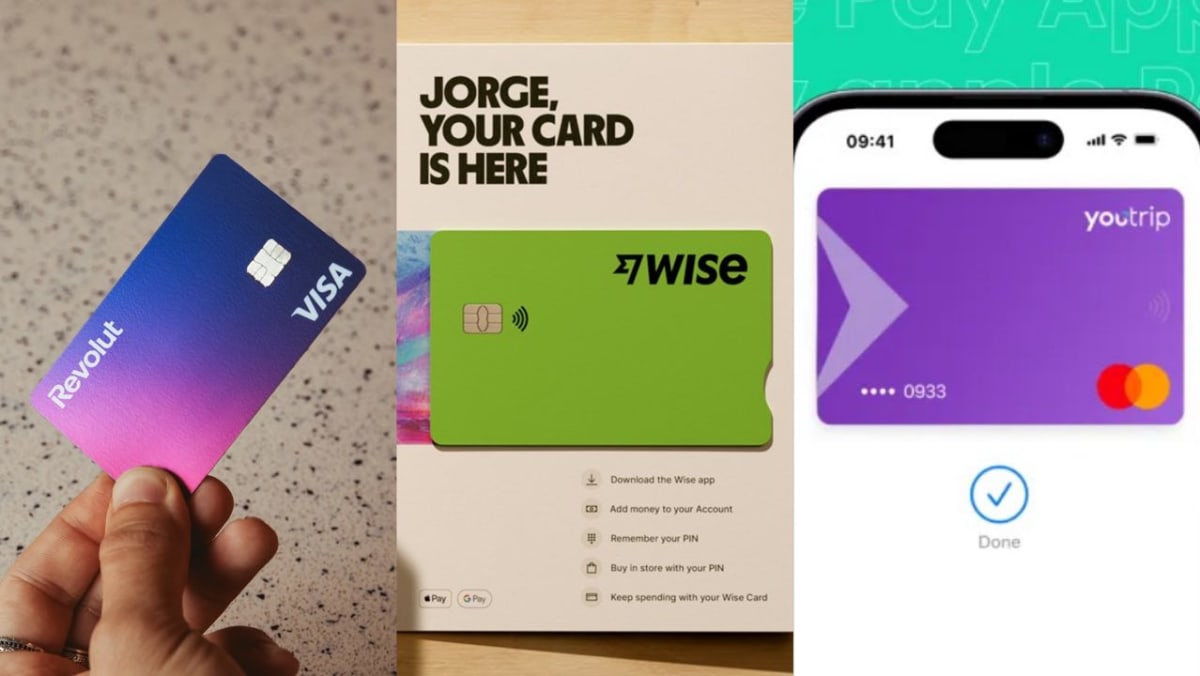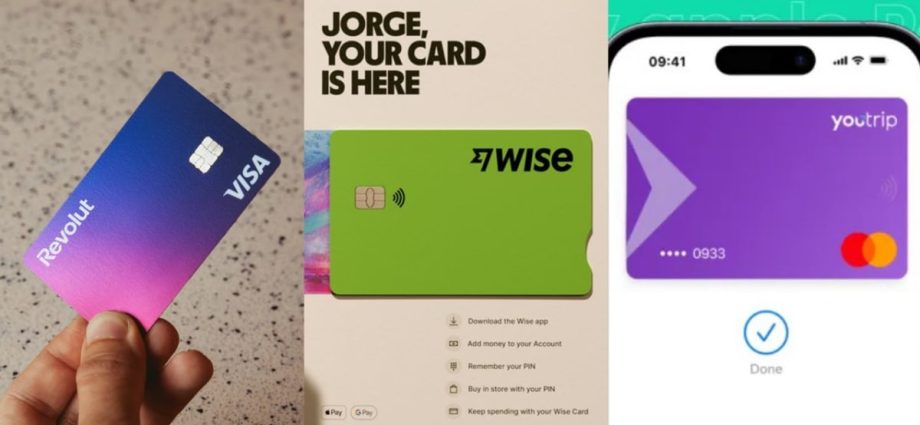
Mr Tan Kiang Khiang, course chair for Singapore Polytechnic’s diploma in banking and finance, said this applies to the other digital-only companies as well.
“They have (a) leaner setup than traditional banks. Hence, their cost of operations is lower,” he said.
These companies may also maintain pools of currencies in different countries so that cross-border transactions would not require actual money transfers, where fees and exchange rates would apply, he said.
Dr Wang Xin, an assistant professor from Nanyang Technological University, said offering good exchange rates can be a marketing strategy to attract customers. “Those payment apps earn money from merchants and through investing customer funds, not the currency exchange fees.”
CAN BANKS COMPETE?
Banks can use some of these strategies, and local banks do have multi-currency accounts where foreign transaction fees don’t apply, but the exchange rates are still usually not as good.
For example on Friday (Nov 24), the exchange rate for Singapore dollars to Japanese yen on YouTrip was S$1 to 111.5 yen, which is close to the rate shown on Google. The rate offered by DBS was 110.34 yen.
“While banks can also access these (wholesale currency) markets, their higher overhead and diverse business interests may hinder their ability to negotiate favourable rates as effectively,” said Mr Lee Yen Teik, a senior lecturer of finance at the National University of Singapore (NUS).
“Even without explicit fees, banks may still apply markups to their exchange rates, effectively increasing the cost for customers.”

